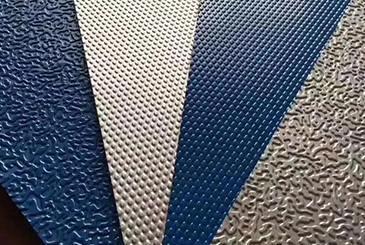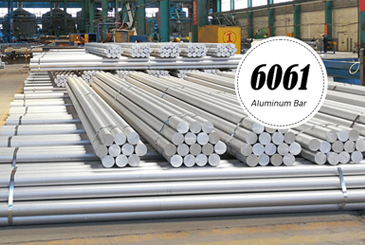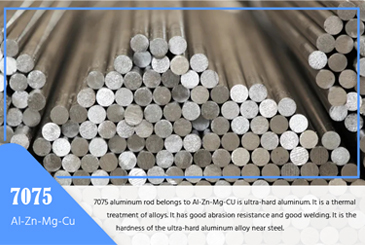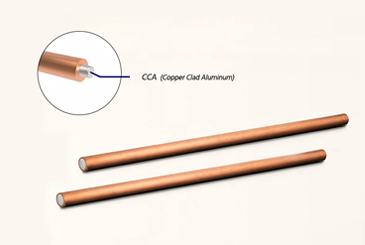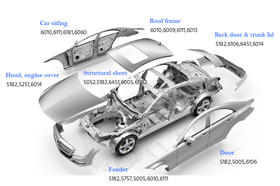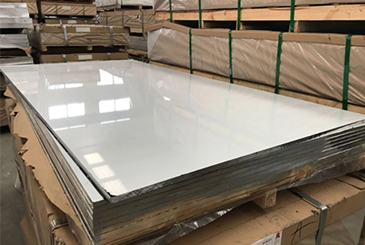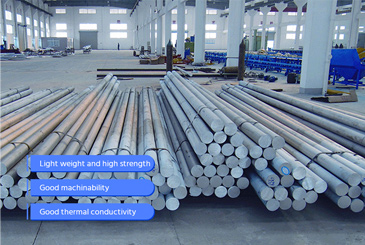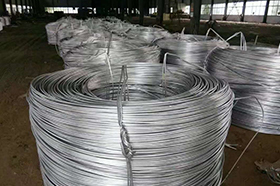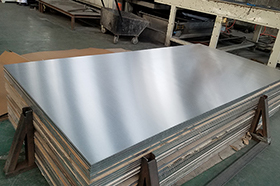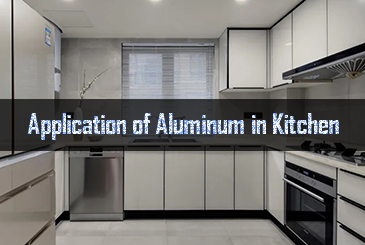Aluminum microchannel tube, commonly referred to as multi port extrusion or multiport extruded aluminium tubes (MPE tube), is a high-precision, flat rectangular aluminum alloy extruded tube. Its structural feature is that it contains multiple evenly distributed channels inside the flat tube, which significantly increases the surface area per unit volume and enhances the heat transfer efficiency.
Chalco aluminum microchannel tube information
Alloy: 1050, 1060, 1070, 1100, 1197, 3003, 3102, 6063
Temper: H111, H112, T5
Width: 8–60 mm
Height: 1–5 mm
Cavity wall thickness: 0.15–0.6 mm
Number of holes: 3–40 holes
Channel corners: rounded corners to reduce fluid resistance
Weight per meter: 0.1–2.5 kg/m depending on size and alloy
Length: 3 meters, 6 meters, support customized cutting and roll delivery
Zinc spraying thickness: 5–15 g/m²
Flux coating thickness: 8–25 g/m²
Surface treatment: galvanizing, spray flux, anodizing (optional)
Air tightness test pressure: ≥2.5 MPa (no leakage)
Burst pressure: ≥6.0 MPa (depending on size and alloy)
Thermal conductivity: ≥180 W/m·K (taking 3003 as an example)
Supply form: straight strip, curled edge
Applicable connection methods: furnace brazing, mechanical expansion, laser welding
Production process: hot extrusion, continuous extrusion
Common Applications: Automotive condensers, evaporators, heat exchangers, battery cooling plates, industrial HVAC systems
Types of aluminum microchannel tubing Chalco can provide
Aluminum micro-channel tube
The basic microchannel aluminum tube is a flat extruded tube with multiple slender inner cavities arranged in parallel, which is used to enhance the heat conduction efficiency.
Contact us now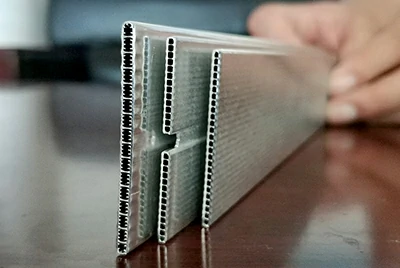
Common alloys: 1100, 3003, 6063
Features: high thermal conductivity, light weight, compact structure, suitable for welding.
Applications: Automotive air conditioning condensers, evaporators, battery coolers, home/commercial air conditioning heat exchangers.
Size range: width 8–60 mm, height 1–5 mm, cavity wall thickness 0.15–0.6 mm
Other parameters: number of holes 3–40, length can be customized (3 m/6 m/roll)
Aluminium multi-port tube
Also known as MPE tube, another standard name for microchannel tube, it is widely used in various heat exchange systems.
Contact us now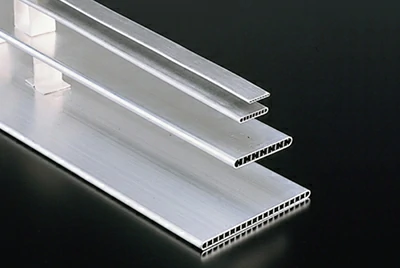
Common alloys: 3003, 3102, 6063
Features: Multiple internal channels are arranged in parallel to provide a larger specific surface area and improve heat exchange efficiency.
Applications: Automotive radiators, heat pumps, industrial HVAC systems, refrigeration units.
Size range: Width 8–120 mm, holes up to 50 holes
Optional treatments: galvanizing, fluxing, anodizing
Parallel flow aluminum flat tube
High-performance flat multi-channel tubes for parallel flow of fluids for uniform heat exchange.
Contact us now
Common alloys: 3003, 6063
Features: Uniform flow channel, stable heat exchange, suitable for high-efficiency condensation and evaporation applications.
Application: Commercial condensers, industrial dehumidifiers, household appliance heat exchange equipment
Structural parameters: height 1–4 mm, channel width 1–2.5 mm, support for customized reinforcement ribs.
Zinc-coated aluminum tube
Galvanizing the surface of aluminum microchannel tubes enhances corrosion resistance and is suitable for high humidity and salt spray environments.
Contact us now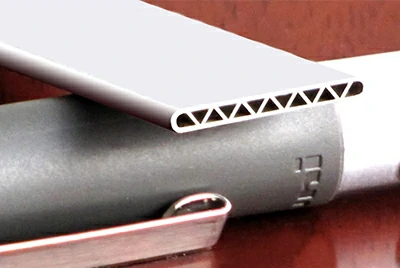
Introduction: Galvanizing on the surface of aluminum microchannel tubes enhances corrosion resistance and is suitable for high humidity and salt spray environments.
Common alloys: 3003, 1100
Features: Greatly improved corrosion resistance, extended service life, and easier surface welding.
Applications: Air conditioning systems in coastal areas, electric vehicle cooling plates, high salt fog application scenarios
Galvanizing thickness: 5–15 g/m²
Coating uniformity: ±0.5 g/m², in line with GB/T33230 standard
Pre-flux coated aluminous tube
The surface of the aluminum tube has been pre-coated with uniform brazing flux (usually potassium-fluorine-aluminum salts) and can be brazed directly.
Contact us now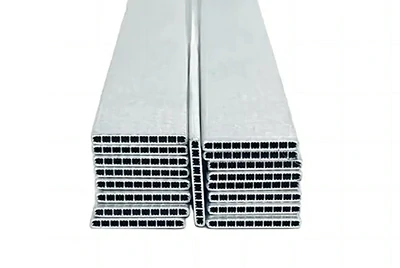
Common alloys: 3003, 3102
Features: No need to spray additional flux, saving process and improving welding consistency.
Application: The first choice for brazed air conditioners and heat exchanger assembly manufacturers
Flux coating thickness: 8–25 g/m², temperature resistance ≥ 600°C
Si flux coated aluminum tube
Use silicon-based brazing flux, suitable for aluminum/aluminum brazing system, to enhance brazing wettability.
Contact us now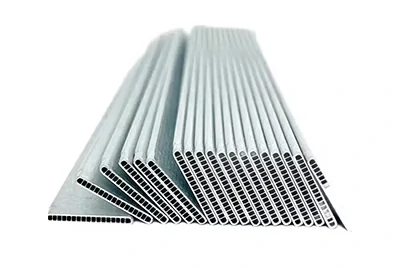
Common alloy: 3003
Features: Improve brazing strength and joint reliability, suitable for a wider range of brazing equipment
Application: New energy vehicle thermal management, HVAC system
Advantages: Strong coating adhesion, suitable for automated welding lines
Large multi-channel tube
Large flat microchannel tubes up to 200 mm wide for high heat transfer capacity systems
Contact us now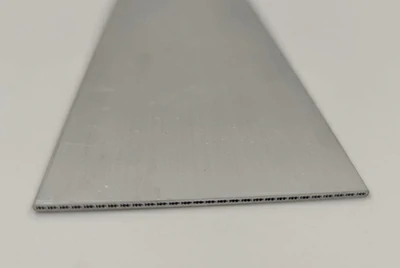
Introduction: Large flat microchannel tubes up to 200 mm wide for high heat transfer capacity systems.
Common alloys: 6063, 3003
Features: large number of channels, large unit heat exchange capacity, stable structure
Applications: Large industrial heat exchangers, commercial air conditioning units, bus condensers, energy storage cooling panels
Size range: width 50-200 mm, height 4-10 mm, number of holes up to 60 holes or more
Double row joint multi-channel flat tube
The two-layer channel structure improves the heat exchange efficiency per unit volume through precise connection design.
Contact us now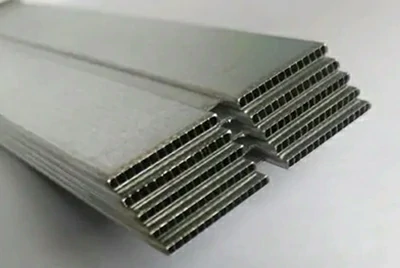
Common alloys: 3003, 6063
Features: Dual-channel design, enhanced flow rate and condensation effect, higher pressure resistance
Applications: New energy vehicle heat pump systems, modular heat exchangers, energy storage battery cooling systems
Technical parameters: Support T-type and Π-type structures, internal pressure can reach ≥6MPa, support CNC cutting and composite brazing
Microchannel folded tube
(Folded Tube) is an aluminum microchannel tube manufactured using precision roll forming technology and is widely used in condensers and evaporators in automobiles and HVAC systems.
Contact us now
Product type and structure
- Two-piece folded tube: The outer tube and inner fins are formed separately and then assembled, suitable for high-performance heat exchangers.
- Folded tube: Made of a single aluminum strip, it has a compact structure and is suitable for applications with limited space.
Core advantages:
Weight reduction and cost reduction: The heat exchanger with two-piece folded tubes can reduce weight by about 15% and reduce overall costs by 5% to 20%.
Excellent thermal performance: The tube wall thickness is reduced by up to 20% compared to traditional extruded tubes, which increases the free flow area of the refrigerant, reduces pressure loss, and improves heat exchange efficiency.
Superior corrosion resistance: Chalco's multi-layer material provides built-in protection against corrosion, eliminating the need for additional zinc coating. In SWAAT testing (ASTM G85-A3), a folded tube heat exchanger equipped with the MULTICLAD® system was leak-free for 100 days.
Chalco aluminum microchannel tubing popular alloys
-
1050 Aluminum Microchannel Tube
High thermal conductivity
Easy to bend and form
Suitable for low intensity heat exchangers
-
1060 Multi-hole Extruded Tube
High purity aluminum
Good corrosion resistance
Easy to process in continuous extrusion
-
1070 Aluminum Microchannel Tube
Ultra-high thermal conductivity
Strong softness
Economical cooling solutions
-
3003 Multi-hole Extruded Aluminum Tube
Stronger than pure aluminum
Good weldability
Excellent corrosion resistance
-
3102 Aluminum Microchannel Tube
Good thermal conductivity
Strong antioxidant capacity
HVAC commonly used
-
6063 Aluminum Microchannel Tube
Moderate strength
Beautiful appearance
Suitable for anodizing
Characteristics of aluminum microchannel tubes
- High heat exchange efficiency: The multi-channel parallel design significantly increases the surface area per unit volume, improves the heat exchange rate, and is suitable for high-efficiency cooling systems.
- Lightweight and high strength: Aluminum alloy materials are light in weight and high in strength, and are particularly suitable for applications with high requirements for weight reduction, such as new energy vehicles, aviation, and portable devices.
- Precision Dimensions: Extrusion molding has stable dimensions and can achieve a cavity wall thickness as thin as 0.15 mm, meeting the needs of miniaturization and high-density layout.
- Excellent weldability: Can be matched with flux coating or galvanized layer, suitable for furnace brazing, laser welding, mechanical connection and other processes, with good welding effect.
- Strong corrosion resistance: 3003, 3102, 1100 and other corrosion-resistant alloys are selected, combined with surface galvanizing or anodizing to adapt to harsh environments.
- Strong customizability: Supports customization of multiple channel numbers ( 3-40 holes), widths (8-200mm), coating thickness and length (fixed length or roll material) to meet various industrial needs.
- One-piece molding: hot extrusion or continuous extrusion process, no need for splicing, good channel consistency, reduced leakage risk, and improved overall stability.
Application of micro aluminum tubing
Aluminum micro channel tube for automotive
For condensers, evaporators, radiators, battery cooling modules
Contact us now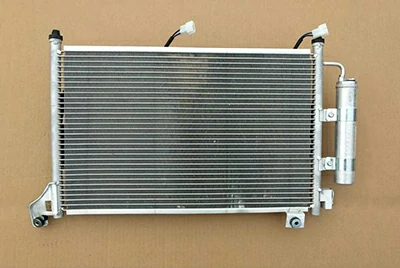
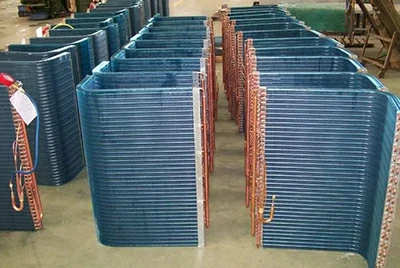
Home appliances
Heat exchangers for household air conditioners, dehumidifiers, heat pump dryers, etc.
Contact us nowHVAC System
High-efficiency heat exchange components for central air conditioning and heat pump systems
Contact us now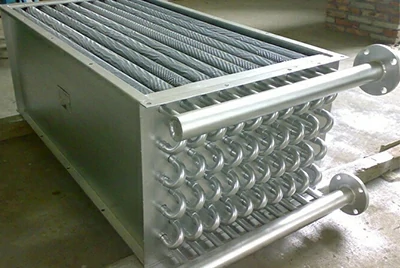
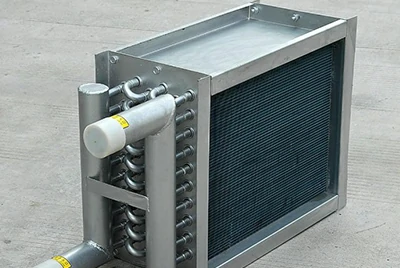
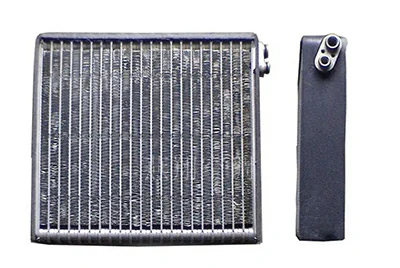
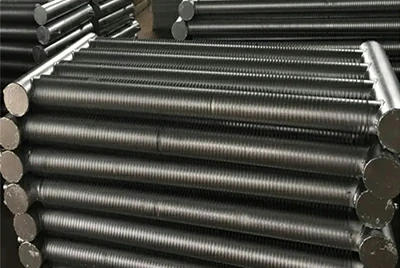
Rail transit and military industry
Cooling and heat dissipation structure for high-demand equipment
Contact us nowChalco aluminum microchannel tube gallery
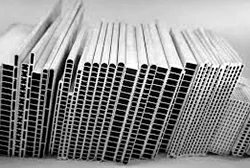
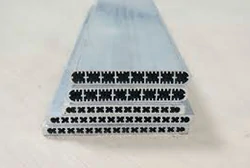
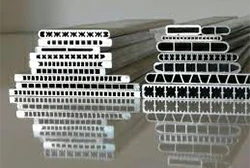
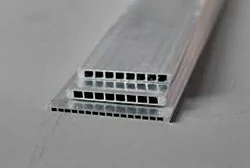

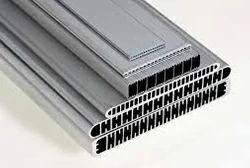
Aluminum microchannel tubing tolerances
Chalco's aluminum microchannel tubing is manufactured to the following tolerance standards to ensure product dimensional accuracy.
| Width | ±0.04 mm |
| Thickness | ±0.03 mm |
| Wall Thicknesses | ±0.05 mm |
| Length | ±0.30 mm |
| Straightness (side view) | ≤ L × 0.2% |
| Straightness (front view) | ≤ L × 0.25% |
| Twisty | ≤ L × 0.15% |
Aluminum microchannel tube coating standards and corrosion resistance
| Corrosion resistance (common alloy) | Salt spray test: ≥750 hours |
| Zn Coating Standard | 8±2g/㎡, 10±2g/㎡, 13±2g/㎡ |
| Flux Coating Standard | 10-15±2g/㎡ |
Hot selling sizes of aluminum microchannel flat tubes
| Product Name | Size (Width × Height, mm) |
| Aluminum micro-channel tube | 4.0 × 0.5 |
| Aluminum micro-channel tube | 6.0 × 1.0 |
| Aluminum micro-channel tube | 7.0 × 1.0 |
| Aluminum micro-channel tube | 7.94 × 1.0 |
| Aluminum micro-channel tube | 8.0 × 1.0 |
| Aluminum micro-channel tube | 9.05 × 1.5 |
| Aluminum micro-channel tube | 9.52 × 1.0 |
| Aluminum micro-channel tube | 10.0 × 1.0 |
| Aluminum micro-channel tube | 12.7 × 1.2 |
| Aluminum micro-channel tube | 15.88 × 1.2 |
| Aluminum micro-channel tube | 16.0 × 1.0 |
Common cross-sectional dimensions of aluminum microchannel tubes
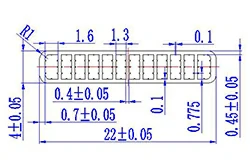
22mm*4mm-12 Hole

25mm*6mm-3 Hole

25mm*6mm-8 Hole
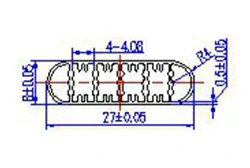
27mm*8mm-6 Hole
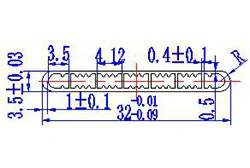
32mm*3.5mm-7 Hole
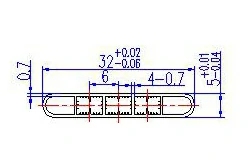
32mm*5mm-5 Hole
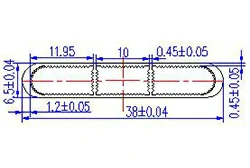
38mm*6.5mm-3 Hole
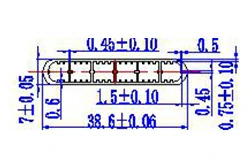
38.6mm*7mm-6 Hole
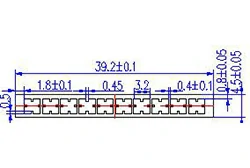
39.2mm*4.5mm-10 Hole
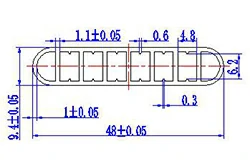
48mm*9.4mm-8 Hole

49mm*6.1mm-9 Hole
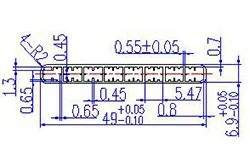
49mm*6.9mm-8 Hole

56mm*10.5mm-10 Hole
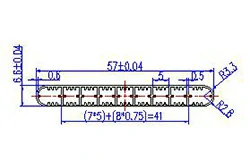
57mm*6.6mm-9 Hole

58mm*4.6mm-10 Hole
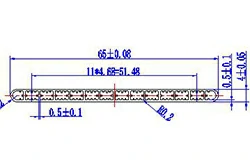
65mm*4mm-10 Hole
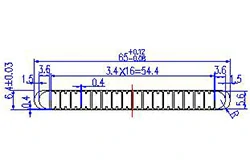
65mm*6.4mm-18 Hole

65mm*6.4mm-18 Hole
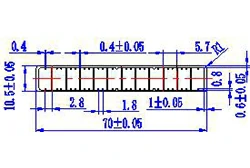
70mm*10mm-6 Hole
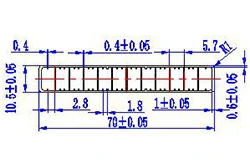
70mm*10.5mm-12 Hole
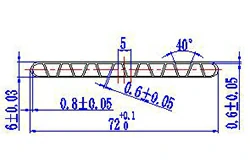
72mm*6mm-16 Hole
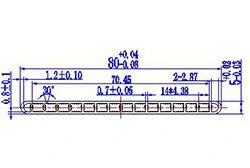
80mm*6mm-11 Hole
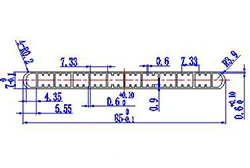
85mm*7mm-12 Hole
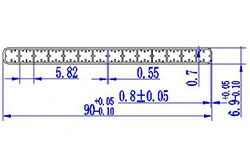
90mm*6.9mm-14 Hole
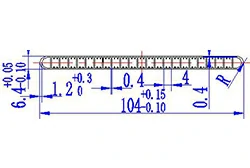
104mm*6.4mm-23 Hole
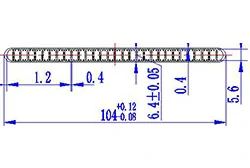
104mm*6.4mm-30 Hole
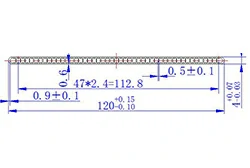
120mm*4mm-47 Hole
Production process of aluminum microchannel tube
- Raw material collection: Collect aluminum bars that meet specifications and are ready to enter the production process.
- Surface cleaning: Remove oil, oxide layer and impurities on the surface of the aluminum rod to ensure cleanliness.
- Ultrasonic Cleaning: Uses high-frequency vibrations to further clean aluminum and improve surface quality.
- Aluminum rod heating: Preheat the aluminum rod to make it ductile and suitable for extrusion molding.
- Die Heating: Heat the die to the working temperature to avoid cracking of the material during extrusion.
- Extrusion molding: The heated aluminum rod is extruded through a die with a microchannel structure to form the aluminum rod.
- Arc zinc spraying (optional): Spray a zinc layer on the surface of the aluminum tube to enhance the anti-corrosion performance.
- Wiring and routing: Arrange and wind the extruded aluminum in preparation for subsequent processing.
- Semi-finished product processing: The pipe is in the original long material state and is ready to be cut into the required size.
- Straightening and cutting: Straighten the pipes and cut them to size.
- Finished product inspection: Check product size, appearance, number of channels and surface quality.
- Packaging and shipment: Pack qualified products and prepare them for transportation, supporting export packaging requirements.
Chalco aluminum microchannel tube commonly used pipeline technologies
Dimple tube technology
- A micro-pit structure is formed on the inner wall of the pipe, destroying the fluid boundary layer, increasing turbulence and improving heat exchange efficiency.
- Suitable for air conditioners, condensers and other scenarios that require high heat transfer performance.
Multi-chamber tube technology
- The tube body contains multiple independent chambers, which reduces the overall thickness and adapts to the narrow space inside the equipment.
- It provides good structural strength and high pressure resistance, and is suitable for high load environments such as automobiles and heat pumps.
End-free Tube Technology
- Flat ends of the tubes facilitate efficient brazing with the headers and reduce the risk of welding defects.
- Provides higher brazing sealing, reduces leakage rate and improves overall system stability.
FAQs about aluminum microchannel tubing
What geometries are available for aluminum microchannel tubing?
Common geometries include triangular ports, square ports, H-ports, and circular ports, and different designs can be selected based on application requirements to optimize airflow and heat transfer performance.
What components does a microchannel tube consist of?
Typical components include: multi-port tubes, air side fins, manifolds, dividers, end caps, shrink tabs, mounting brackets, connection plugs, stiffeners, side mounts, spacer washers, etc.
What types of fins are there for microchannel tubes?
- Louvered fins: high heat transfer efficiency, suitable for high-performance equipment such as air conditioners;
- Flat fins: Suitable for frosting or lower pressure drop environments, such as industrial condensers.
Factors affecting fin performance include fin height, louver angle, number, spacing, etc.
What is a manifold in microchannel tubing?
Manifolds are used to distribute fluids evenly to each channel. They are usually made of AA4045 covered with AA3003/3005 material, which has good brazing and corrosion resistance. Optional diameter: 16–50mm, wall thickness: 1.2–2.3mm. The outlet manifold can be equipped with a baffle to isolate the liquid storage from the gas.
How to design the flow channel inside the microchannel tube?
The pipes are divided into multiple groups of channels, each group is separated by a manifold. The number of channels can be reduced in stages to match the change in refrigerant density, thereby maintaining efficient heat exchange under full/part heat load.
How to choose the connection method of microchannel tubes?
Optional materials include aluminum, copper, and stainless steel. Connection forms include aluminum flange connection, copper sweat connection, stainless steel threaded connection, etc. Accessories also include Schrader valves, brazing end caps, rubber plugs, and plastic caps. The connection direction can be straight, curved, or multi-angle layout.
Why should microchannel tubing be surface coated?
The coating can prevent corrosion failure in coastal, industrial and traffic pollution environments. Electrophoretic coating (e-coating) or trivalent chromium passivation treatment (TCP) is recommended to enhance corrosion resistance and service life.
What is electrophoretic coating?
Electrophoresis is a process that uses an electric current to deposit the coating evenly on the aluminum surface. The process includes: pretreatment, coating application, cleaning and thermal curing, which can achieve uniform film thickness and excellent corrosion protection performance.
Can aluminum microchannel tubing be bent?
Yes. Depending on the application requirements, microchannel tubes can be appropriately bent to fit complex spatial layouts.
Can microchannel tubes be equipped with a casing?
Yes. Some applications may have an optional sealed housing for direct mounting or increased structural strength.
What aluminum alloys are commonly used to manufacture aluminum microchannel tubes?
Common alloys include:
- 1000 Series (1050, 1060, 1100): High thermal conductivity
- 3000 Series (3003, 3102): Excellent corrosion resistance
- 6000 Series (6061, 6063): High strength and weldability
Suitable materials can be selected according to the specific use environment.
Why choose Chalco as your microchannel aluminum tube supplier?
- Free samples: Free samples are provided to help you quickly verify product performance and adaptability. Get free samples
- Price concessions: Exclusive discounts for old customers and large-volume orders, with higher cost-performance.
- Customization supported: Alloy, size, coating type and channel structure can be customized according to requirements.
- Rich mold resources: We have a variety of standard molds, and regular sizes do not require additional molds, saving development costs.
- Complete size: Provide a variety of widths, heights, hole numbers and wall thickness combinations to meet diverse application needs.
- No minimum order quantity limit: All spot products support retail and are flexibly adapted to trial production and small batch projects.
- Timely price updates: Daily quotations based on aluminum ingot market conditions ensure that customers obtain the most accurate and transparent purchasing prices.



